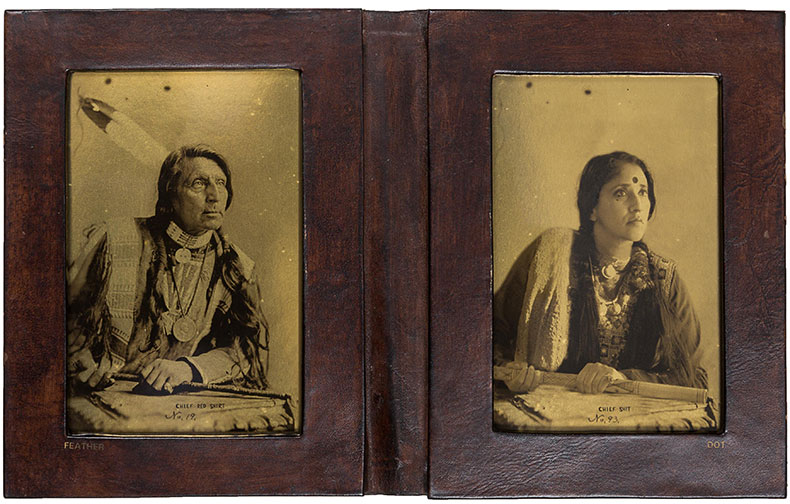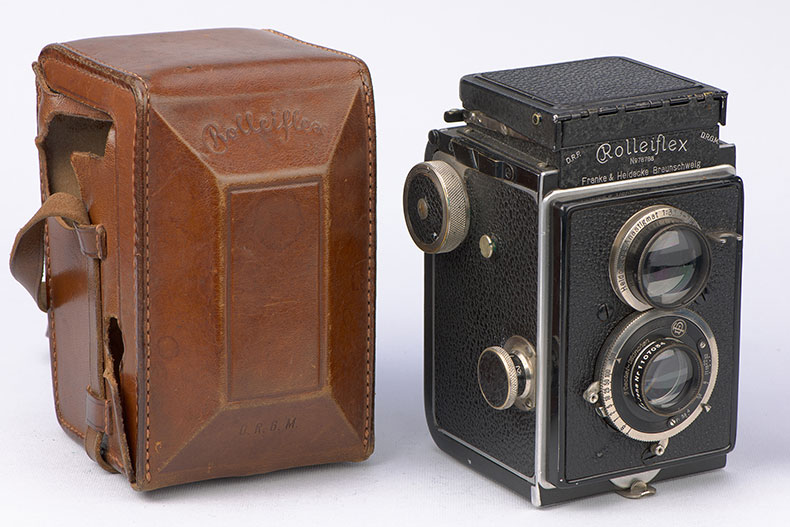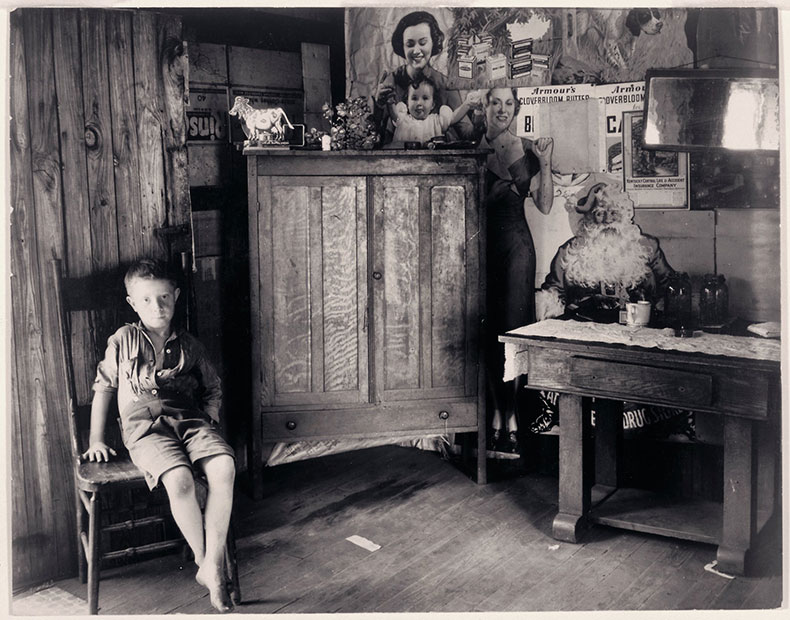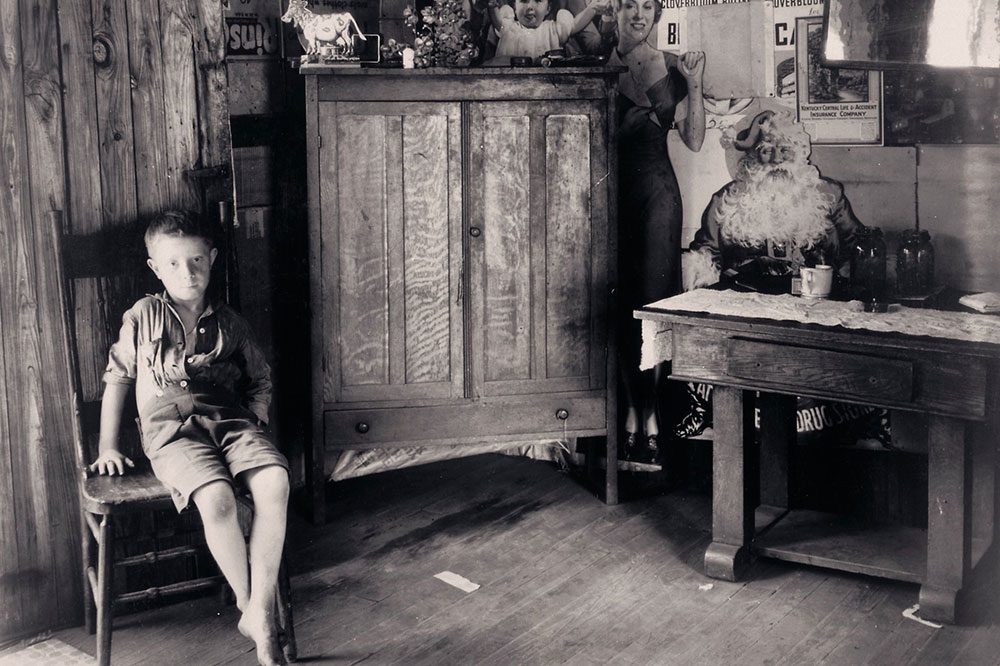 ‘Four things to see this week’ is sponsored by Bloomberg Connects, the free arts and culture app. Bloomberg Connects lets you access museums, galleries and cultural spaces around the world on demand. Download the app here to access digital guides and explore a variety of content.
‘Four things to see this week’ is sponsored by Bloomberg Connects, the free arts and culture app. Bloomberg Connects lets you access museums, galleries and cultural spaces around the world on demand. Download the app here to access digital guides and explore a variety of content.
Each week we bring you four of the most interesting objects from the world’s museums, galleries and art institutions, hand-picked to mark significant moments in the calendar.
Whether capturing candid portraits of people riding the New York subway or documenting the effects of the Great Depression on the working class, Walker Evans turned his lens unflinchingly on the everyday injustices of 20th-century American life. Born on this date in 1903, he remains one of the most influential documentary photographers in the history of art.
Walker was not alone in this tradition, of course. From Thomas Annan to Annu Palakunnathu Matthew and Helen Levitt, generations of photographers have harnessed the immediacy of the medium to bring social issues to the wider attention of the public and give voice to the unheard, marginalised or overlooked. Here we take a look at four artworks and artefacts that explore the relationship between photography and social commentary.
Feather Indian/Dot Indian (2007–09), Annu Palakunnathu Matthew. Museum of Art & Photography, Bengaluru

1. Feather Indian/Dot Indian (2007–09), Annu Palakunnathu Matthew
Museum of Art & Photography, Bengaluru
Speaking to the ways in which the colonial gaze flattened the identities of both the American Indian and the ‘Indian from India’, this arresting diptych by Annu Palakunnathu Matthew serves as a riposte to the question ‘Where are you really from?’. On the left a Native American man sits for the kind of romanticised portrait familiar from Edward S. Curtis’s oeuvre while on the right Palakunnathu Matthew restages the pose by placing herself in the frame and playfully adapting the former’s title of ‘Chief Red Shirt’ to ‘Chief Shit’. Click here to find out more on the Bloomberg Connects app.
Close, No. 75 High Street (1868–71), Thomas Annan. National Galleries of Scotland, Edinburgh

2. Close, No. 75 High Street (1868–71), Thomas Annan
National Galleries of Scotland, Edinburgh
Social commentary doesn’t always need people in the photograph to tell its story. This work, by Thomas Annan, dates from between 1868 and 1871 when the Scottish photographer was commissioned by the Glasgow City Improvement Trust to document overcrowded and unhygienic housing before the redevelopers came in. Click here to find out more.
Rolleiflex I camera (1930), Franke & Heidecke. Museum of Photography, Krakow

3. Rolleiflex I camera (1930), Franke & Heidecke
Museum of Photography, Krakow
In 1930 the camera manufacturers Franke & Heidecke produced the world’s first twin-lens reflex camera – it took 120mm film and featured a large focusing screen for capturing precise details and facial expressions. The model was an immediate success among fashion photographers and photojournalists, including Robert Capa who used his to capture what are now some of the most recognisable photographs of the Second World War. Click here to find out more.
West Virginia Living Room (1935), Walker Evans. High Museum of Art, Atlanta

4. West Virginia Living Room (1935), Walker Evans
High Museum of Art, Atlanta
The Resettlement Administration, later known as the Farm Security Administration, was established by the US government to combat rural poverty during the depression. Between 1935 and 1944 it employed photographers such as Dorothea Lange, Russell Lee and Walker Evans to document the hardships of effected families. The boy in this image by Evans gazes defiantly back at the viewer as if challenging us not to look away. Click here to find out more.
Download now
![]() ‘Four things to see this week’ is sponsored by Bloomberg Connects, the free arts and culture app. Bloomberg Connects lets you access museums, galleries and cultural spaces around the world on demand. Download the app here to access digital guides and explore a variety of content or scan the QR code.
‘Four things to see this week’ is sponsored by Bloomberg Connects, the free arts and culture app. Bloomberg Connects lets you access museums, galleries and cultural spaces around the world on demand. Download the app here to access digital guides and explore a variety of content or scan the QR code.



